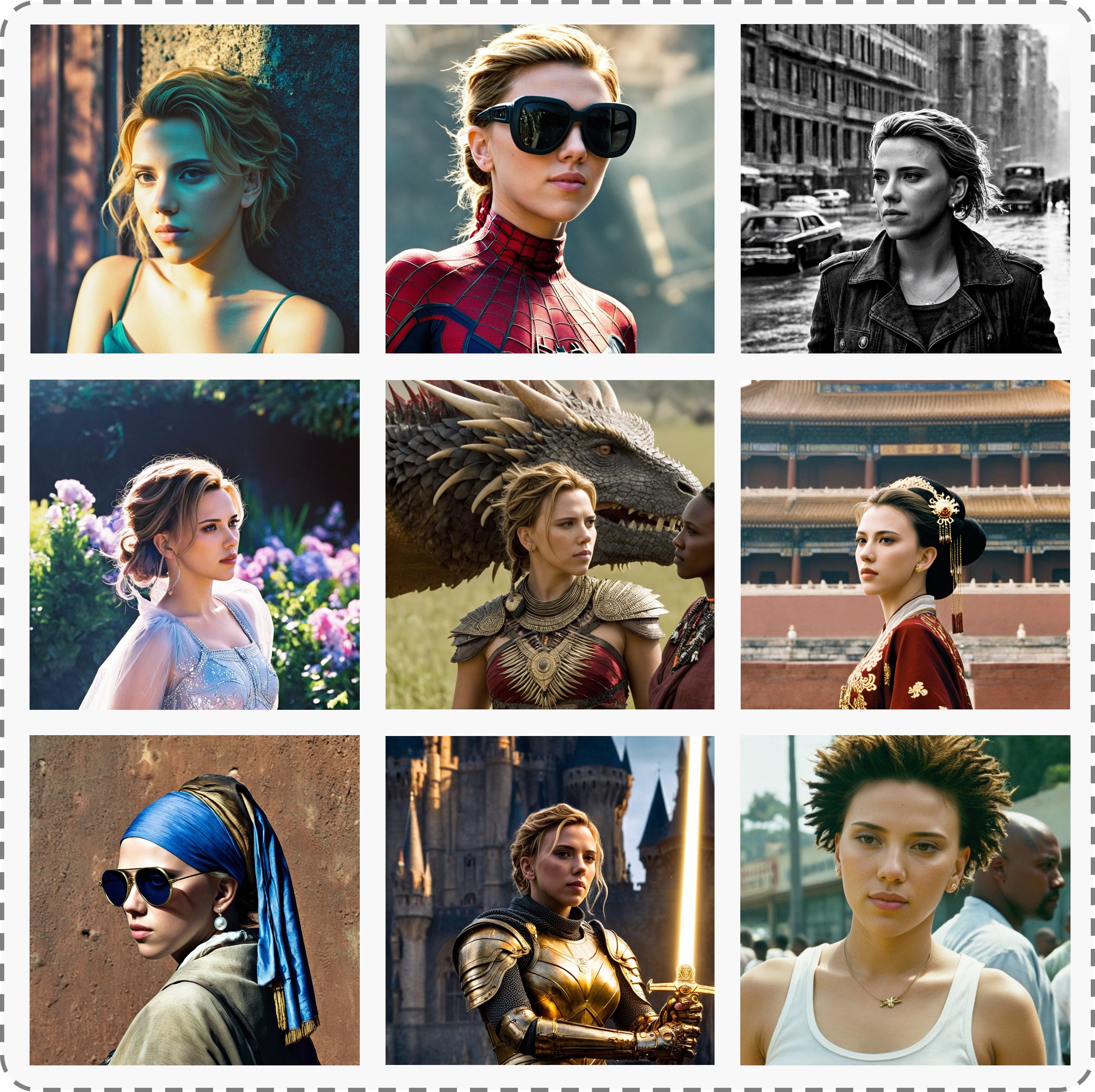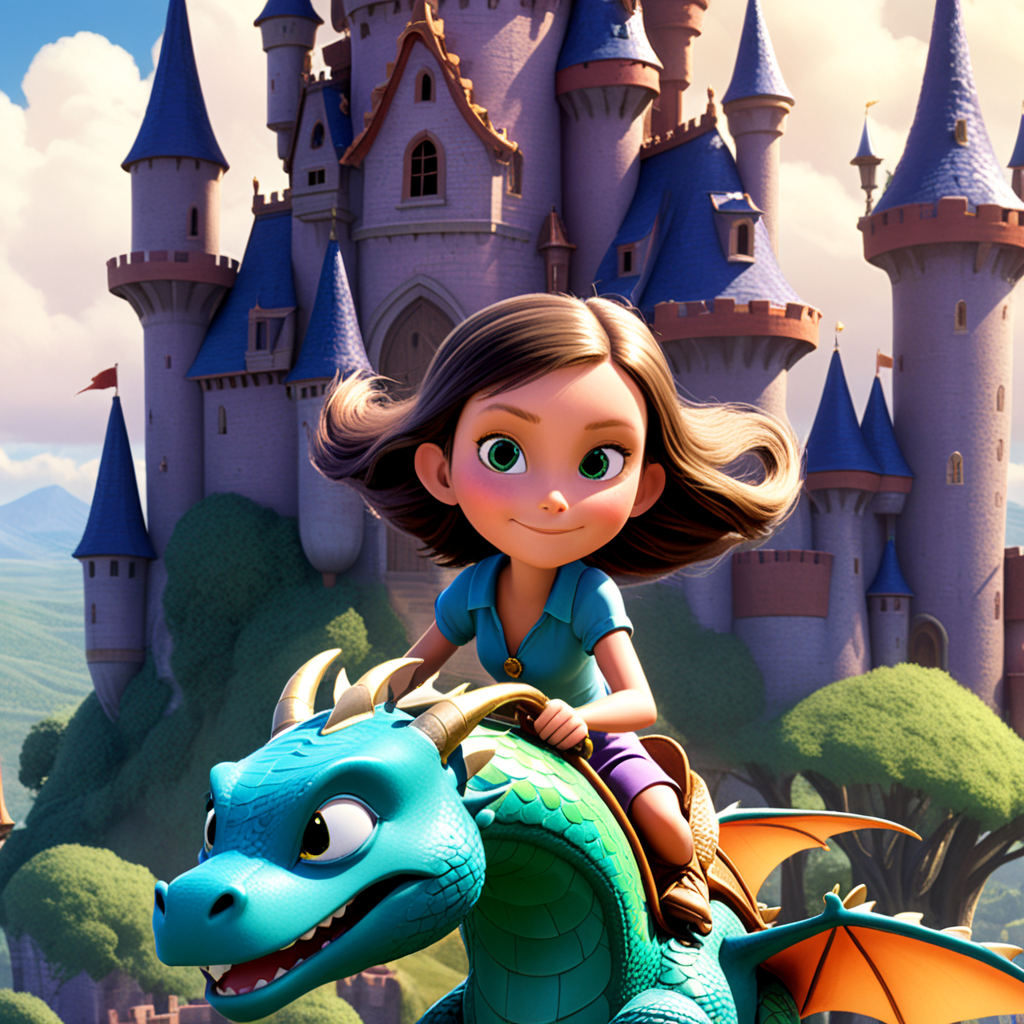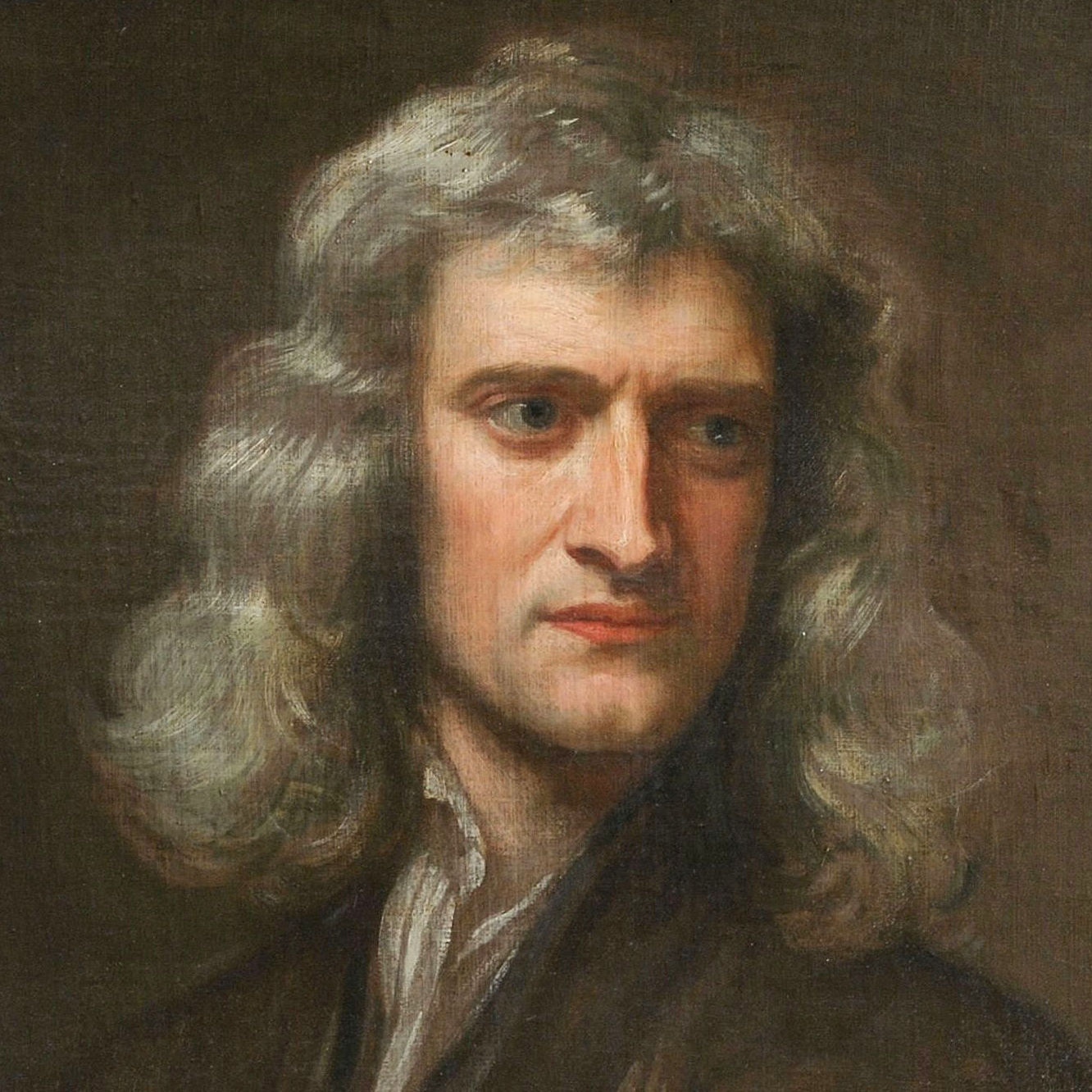photomaker
Maintainer: tencentarc

1.4K

| Property | Value |
|---|---|
| Model Link | View on Replicate |
| API Spec | View on Replicate |
| Github Link | View on Github |
| Paper Link | View on Arxiv |
Get summaries of the top AI models delivered straight to your inbox:
Model overview
PhotoMaker is a text-to-image AI model developed by TencentARC that allows users to input one or a few face photos along with a text prompt to receive a customized photo or painting within seconds. The model can be adapted to any base model based on SDXL or used in conjunction with other LoRA modules. PhotoMaker produces both realistic and stylized results, as shown in the examples on the project page. Similar models include photomaker, GFPGAN, and PixArt-XL-2-1024-MS.
Model inputs and outputs
PhotoMaker takes one or more face photos and a text prompt as input, and generates a customized photo or painting as output. The model is capable of producing both realistic and stylized results, allowing users to experiment with different artistic styles.
Inputs
- Face photos: One or more face photos that the model can use to generate the customized image.
- Text prompt: A description of the desired image, which the model uses to generate the output.
Outputs
- Customized photo/painting: The generated image, which can be either a realistic photo or a stylized painting, depending on the input prompt.
Capabilities
PhotoMaker is capable of generating high-quality, customized images from face photos and text prompts. The model can produce both realistic and stylized results, allowing users to explore different artistic styles. For example, the model can generate images of a person in a specific pose or setting, or it can create paintings in the style of a particular artist.
What can I use it for?
PhotoMaker can be used for a variety of creative and artistic projects. For example, you could use the model to generate personalized portraits, create concept art for a story or game, or experiment with different artistic styles. The model could also be integrated into educational or creative tools to help users express their ideas visually.
Things to try
One interesting thing to try with PhotoMaker is to experiment with different text prompts and see how the model responds. You could try prompts that combine specific details about the desired image with more abstract or creative language, or prompts that ask the model to mix different artistic styles. Additionally, you could try using the model in conjunction with other LoRA modules or fine-tuning it on different datasets to see how it performs in different contexts.
This summary was produced with help from an AI and may contain inaccuracies - check out the links to read the original source documents!
Related Models
🗣️
PhotoMaker

347
PhotoMaker is a text-to-image AI model developed by TencentARC that allows users to input one or a few face photos along with a text prompt to receive a customized photo or painting within seconds. The model can be adapted to any base model based on SDXL or used in conjunction with other LoRA modules. PhotoMaker produces both realistic and stylized results, as shown in the examples on the project page. Similar models include photomaker, GFPGAN, and PixArt-XL-2-1024-MS. Model inputs and outputs PhotoMaker takes one or more face photos and a text prompt as input, and generates a customized photo or painting as output. The model is capable of producing both realistic and stylized results, allowing users to experiment with different artistic styles. Inputs Face photos**: One or more face photos that the model can use to generate the customized image. Text prompt**: A description of the desired image, which the model uses to generate the output. Outputs Customized photo/painting**: The generated image, which can be either a realistic photo or a stylized painting, depending on the input prompt. Capabilities PhotoMaker is capable of generating high-quality, customized images from face photos and text prompts. The model can produce both realistic and stylized results, allowing users to explore different artistic styles. For example, the model can generate images of a person in a specific pose or setting, or it can create paintings in the style of a particular artist. What can I use it for? PhotoMaker can be used for a variety of creative and artistic projects. For example, you could use the model to generate personalized portraits, create concept art for a story or game, or experiment with different artistic styles. The model could also be integrated into educational or creative tools to help users express their ideas visually. Things to try One interesting thing to try with PhotoMaker is to experiment with different text prompts and see how the model responds. You could try prompts that combine specific details about the desired image with more abstract or creative language, or prompts that ask the model to mix different artistic styles. Additionally, you could try using the model in conjunction with other LoRA modules or fine-tuning it on different datasets to see how it performs in different contexts.
Updated Invalid Date

photomaker-style

359
photomaker-style is an AI model created by Tencent ARC Lab that can customize realistic human photos in various artistic styles. It builds upon the base Stable Diffusion XL model and adds a stacked ID embedding module for high-fidelity face personalization. Compared to similar models like GFPGAN for face restoration or the original PhotoMaker for realistic photo generation, photomaker-style specializes in applying artistic styles to personalized human faces. It can quickly generate photos, paintings, and avatars in diverse styles within seconds. Model inputs and outputs photomaker-style takes in one or more face photos of the person to be customized, along with a text prompt describing the desired style and appearance. The model then outputs a set of customized images in the requested style, preserving the identity of the input face. Inputs Input Image(s)**: One or more face photos of the person to be customized Prompt**: Text prompt describing the desired style and appearance, e.g. "a photo of a woman img in the style of Vincent Van Gogh" Negative Prompt**: Text prompt describing undesired elements to avoid in the output Seed**: Optional integer seed value for reproducible generation Guidance Scale**: Strength of the text-to-image guidance Style Strength Ratio**: Strength of the artistic style application Outputs Customized Images**: Set of images generated in the requested style, preserving the identity of the input face Capabilities photomaker-style can rapidly generate personalized images in diverse artistic styles, from photorealistic portraits to impressionistic paintings and stylized avatars. By leveraging the Stable Diffusion XL backbone and its stacked ID embedding module, the model ensures impressive identity fidelity while offering versatile text controllability and high-quality generation. What can I use it for? photomaker-style can be a powerful tool for quickly creating custom profile pictures, avatars, or artistic renditions of oneself or others. It could be used by individual users, content creators, or even businesses to generate personalized images for a variety of applications, such as social media, virtual events, or even product packaging and marketing. The ability to seamlessly blend identity and artistic style opens up new possibilities for self-expression, creative projects, and unique visual content. Things to try Experiment with different input face photos and prompts to see how photomaker-style can transform them into diverse artistic interpretations. Try out various styles like impressionism, expressionism, or surrealism. You can also combine photomaker-style with other LoRA modules or base models to explore even more creative possibilities. Additionally, consider using photomaker-style as an adapter to collaborate with other models in your projects, leveraging its powerful face personalization capabilities.
Updated Invalid Date

gfpgan

74.0K
gfpgan is a practical face restoration algorithm developed by the Tencent ARC team. It leverages the rich and diverse priors encapsulated in a pre-trained face GAN (such as StyleGAN2) to perform blind face restoration on old photos or AI-generated faces. This approach contrasts with similar models like Real-ESRGAN, which focuses on general image restoration, or PyTorch-AnimeGAN, which specializes in anime-style photo animation. Model inputs and outputs gfpgan takes an input image and rescales it by a specified factor, typically 2x. The model can handle a variety of face images, from low-quality old photos to high-quality AI-generated faces. Inputs Img**: The input image to be restored Scale**: The factor by which to rescale the output image (default is 2) Version**: The gfpgan model version to use (v1.3 for better quality, v1.4 for more details and better identity) Outputs Output**: The restored face image Capabilities gfpgan can effectively restore a wide range of face images, from old, low-quality photos to high-quality AI-generated faces. It is able to recover fine details, fix blemishes, and enhance the overall appearance of the face while preserving the original identity. What can I use it for? You can use gfpgan to restore old family photos, enhance AI-generated portraits, or breathe new life into low-quality images of faces. The model's capabilities make it a valuable tool for photographers, digital artists, and anyone looking to improve the quality of their facial images. Additionally, the maintainer tencentarc offers an online demo on Replicate, allowing you to try the model without setting up the local environment. Things to try Experiment with different input images, varying the scale and version parameters, to see how gfpgan can transform low-quality or damaged face images into high-quality, detailed portraits. You can also try combining gfpgan with other models like Real-ESRGAN to enhance the background and non-facial regions of the image.
Updated Invalid Date

photomaker

3
PhotoMaker is a model that allows you to customize realistic human photos by manipulating various attributes like gender, age, and facial features. It uses a stacked ID embedding approach to achieve this, which means it can blend multiple input images to create a new, personalized photo. This model can be particularly useful for generating custom profile pictures or avatars. While similar to models like GFPGAN for face restoration and Instant-ID for generating realistic images of people, PhotoMaker focuses specifically on customizing and blending existing photos. Model inputs and outputs PhotoMaker takes in a set of input images, a prompt, and various parameters to control the generation process. The output is an array of customized photo images. Inputs First Image**: The primary input image, such as a photo of a person's face. Second, Third, and Fourth Image**: Additional input images that can be used to blend features and styles. Prompt**: A text description that guides the image generation, typically including the phrase "img" to indicate the target output. Seed**: A number that sets the random seed for reproducibility. Num Steps**: The number of sampling steps to perform during generation. Style Name**: A predefined style template that adds additional prompting. Guidance Scale**: A parameter that controls the strength of the text-to-image guidance. Negative Prompt**: A text description of things to avoid in the generated image. Style Strength Ratio**: The relative strength of the style template compared to the user's prompt. Disable Safety Checker**: An option to bypass the safety check on the generated images. Outputs An array of customized photo images based on the input and parameters. Capabilities PhotoMaker can be used to generate highly realistic and personalized human photos by blending multiple input images. It can adjust attributes like gender, age, and facial features to create a unique, yet believable, result. This can be particularly useful for creating custom profile pictures, avatars, or even stock photography. What can I use it for? With PhotoMaker, you can create personalized profile pictures, avatars, or other visual representations of people for a variety of applications. This could include social media profiles, online communities, gaming, or even generating custom stock photography. The ability to blend multiple input images and fine-tune the results makes PhotoMaker a powerful tool for creating unique, realistic-looking human photos. Things to try Some interesting things to try with PhotoMaker include: Blending photos of yourself or your friends to create a unique avatar or profile picture. Generating custom stock photos of people for commercial use. Experimenting with different style templates and prompt variations to see how they affect the output. Combining PhotoMaker with other AI models like GFPGAN or Real-ESRGAN to further enhance the generated images.
Updated Invalid Date